Guillem Domínguez Ruiz de Villa
General Role
Right from the beginning of this project, I have been in charge of the different level designs and later on the implementation of said designs in our own engine.
The Journey
Early stages
During the Concept Discovery, I explored and analyzed various space games' level designs in order to collect the fundamental elements in that type of game. That led to a decalogue of actions to try to implement in the following level and mission designs.
- - Continuous speed
- - FPS level design with more layers of freedom
- - Players are not the main target
- - Need a reason to fight close, not seeing only a dot in the screen
- - Projectile-like weapons, predicting/dodging
- - Soft boundaries
- - Ease player orientation with huge ships, planets, other elements
- - Build-up space battle feel with introduction scene/end scene
- - High tempo moments are emphasized by the low tempo moments between them
- - Immediately obvious objectives in terms of What to accomplish
After that, there was a process of creating a pool of missions and early level concepts trying to adapt most of the elements of the list in different combinations.

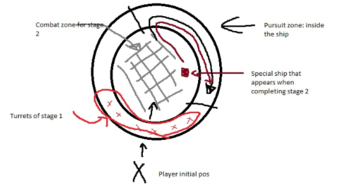
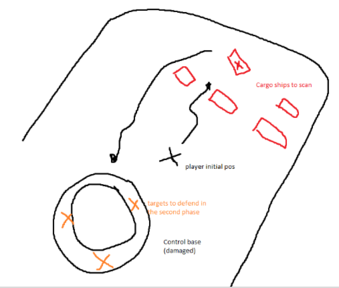
But before going into development, we presented several versions to dissect the main features of the game trying to show our promise of fun. The first level designs were focused on showing those core features in their early stages of development which were moving and shooting. The level consisted on an agility circuit at first, and then a shooting range while moving.
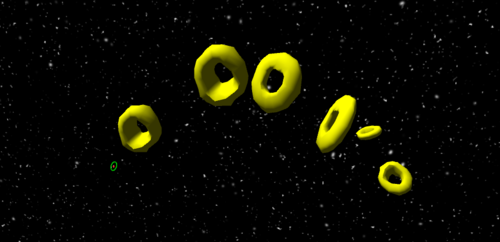

The next iteration was to present Combat and AI, so the level design was focused on implementing a dogfight around a big objective that also served as an orientation point and also as a reason to stay close so the fight would not be disperse.
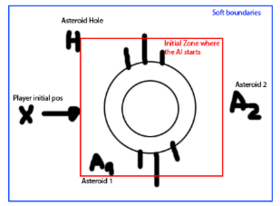
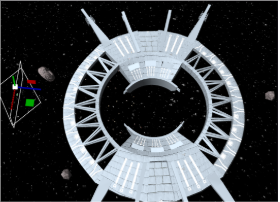
Changes
In the middle of the project we had to adjust the scope and so the missions and level designs were also changed. The main goal now was to magnify the combat experience and master it, reducing other possible experiences. To guide the players into the combat zone, I designed an asteroid field that would serve as a path. At that point, we still had two possible teams so that asteroid field was duplicated in order to be used when changing teams. Another point I tried to implement there was vertical orientation. By placing secondary asteroid fields above and below the Shield Gate horizontal axis, we provided two new orientation points that also served as cover. I also designed two main asteroids, that would have special features such as tunnels to enable different behaviours.
Another change was my personal methodology when creating information for other team members. The quality and quantity of information increased and it became more visual in order to ease other processes.
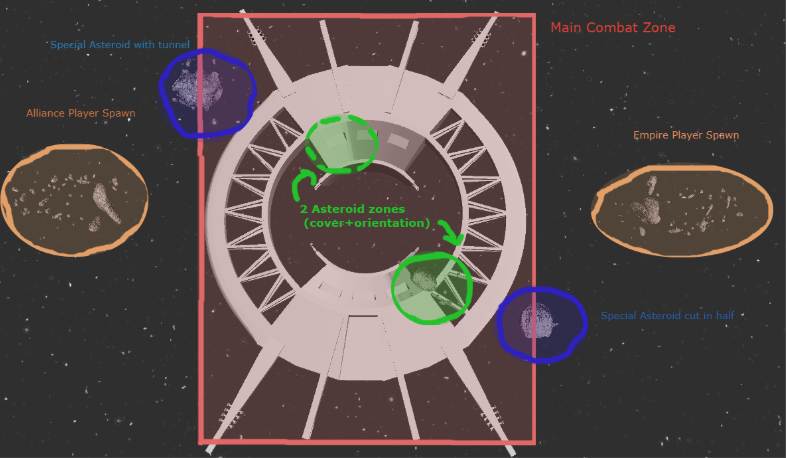
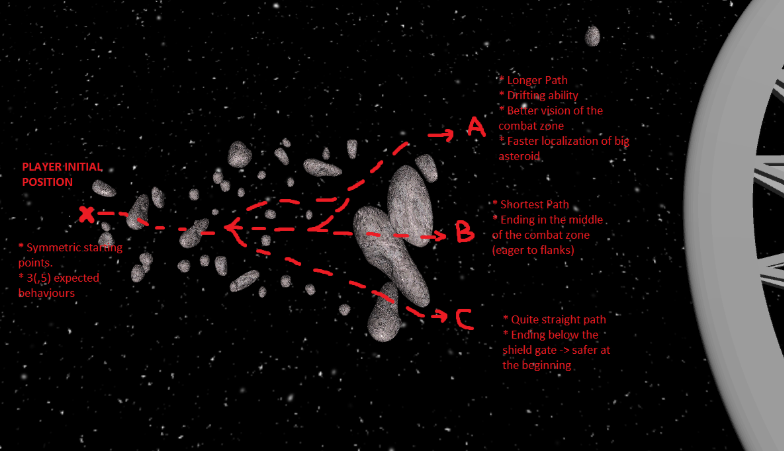
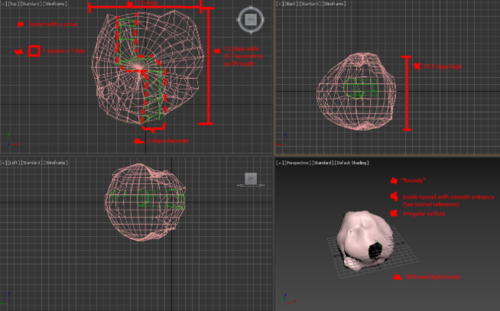
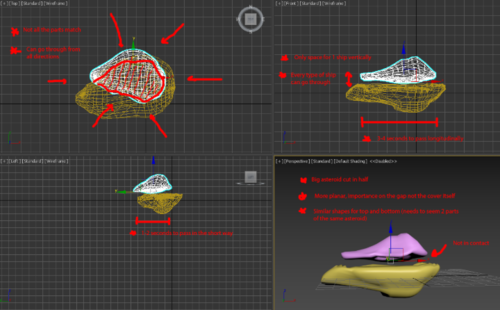
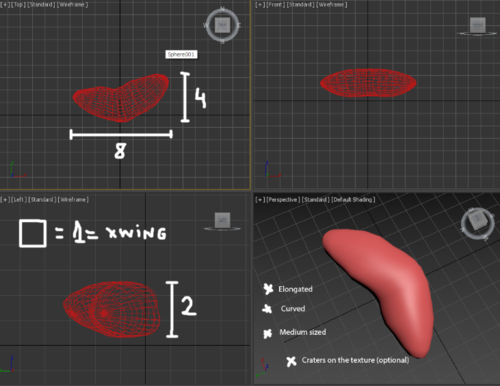
Coming to an end
After cutting the scope several times to reach the time limits, the final level design included an introductory scene with different events (enemies, voice lines, animations...) and also a final scene. This was done to increase immersion building up the thrill to start the level but also serving as an implicit tutorial. Players could learn the controls and discover dynamics in a firsly controlled environment and pace.
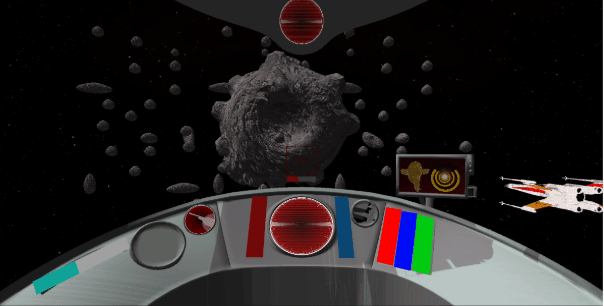
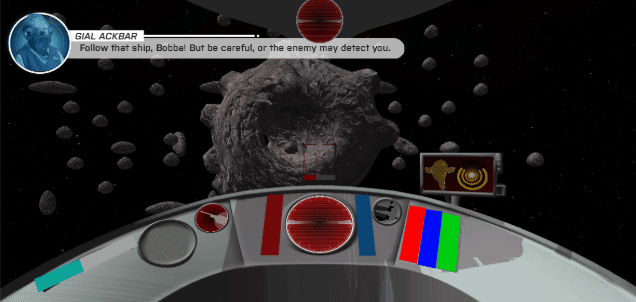
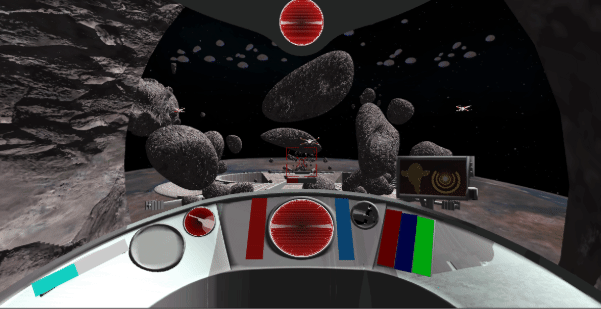
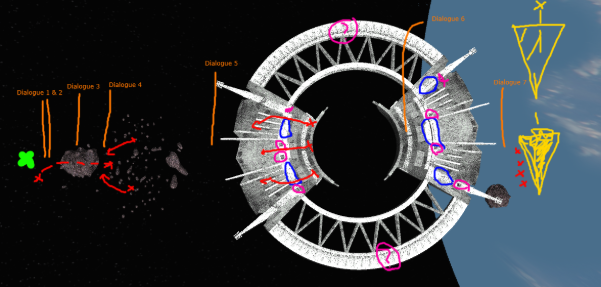
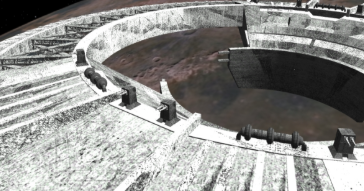
Soft Boundaries
Finally, I was in charge of designing and implementing a soft boundaries system, where If the players go out of an specific zone and don't come back, the ship is destroyed. Soft boundaries was another fundamental point in the list of elements of a space game. Space doesn't have buildings or mountains, and it has 360 degrees of freedom, so constraining the movement with hard boundaries was not a possible idea.


















